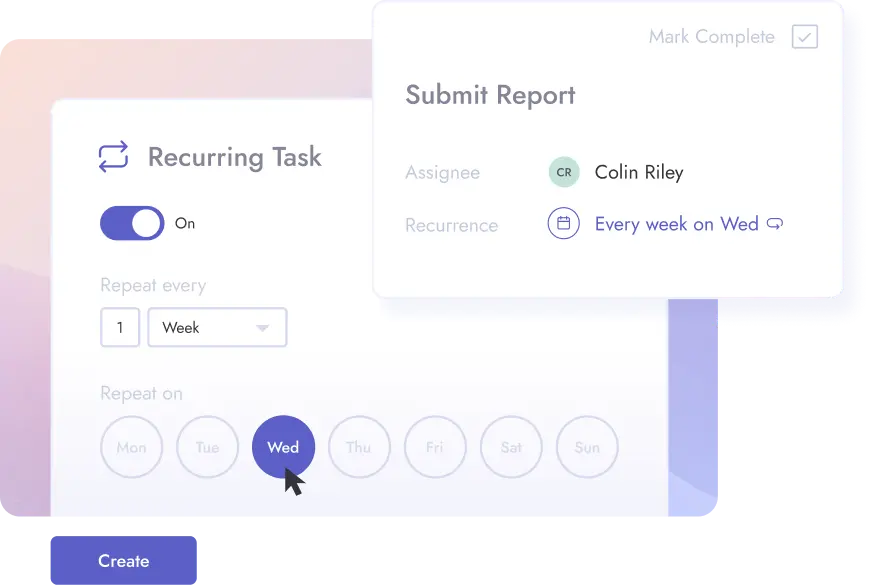The initial three months of a new employee is a dynamic period where performance and the alignment of values and expectations are put to the test.
The 90 day probation period isn’t just a trial phase for the employee, it’s also a mechanism that ensures both the new hire and the organization are on the right track.
You can read our article to successfully handle your 90 day probationary period and learn about its best practices, benefits, downsides, and more! So, without further ado, let’s get started!
Table of Contents
To Streamline Your 90 Day Probation Period…
All you have to do is use Teamflect! Within your 90 day probation period, you can conduct employee onboarding surveys inside Microsoft Teams, send out automated employee onboarding tasks, and so much more!



